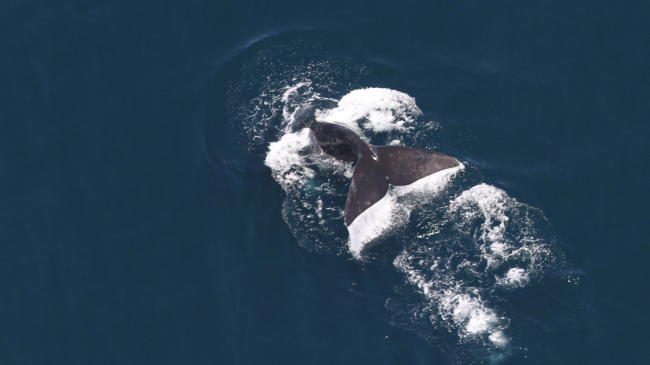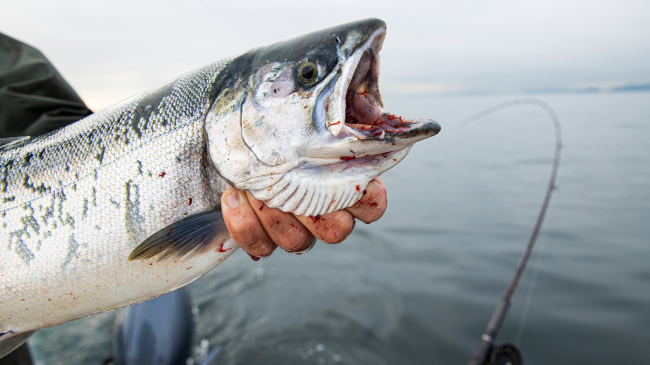
Bigeye at Rapture Reef in the NW Hawaiian Islands. (Image credit: NOAA)
Our oceans and coasts contain a stunning variety of marine habitats — everything from coral reefs to salt marshes, oyster beds to kelp forests. These habitats are essential for maintaining the robust fish populations that support sustainable U.S. fisheries.
Here’s 6 reasons why habitat is so important for fish, and for people:
1) Habitat provides safe neighborhoods for young fish.

Estuaries — calm coastal areas where rivers meet the sea — provide a secure place with lots of underwater hiding spots for young fish to use as they grow in size and strength. For example, when juvenile summer flounder are large enough to swim, they move to protective shallow-water estuaries along the Mid-Atlantic coast.
2) Habitat is used as a hiding spot by fish.

When colorful parrotfish in the Caribbean and the Pacific Islands need to rest, they find crevices in their coral reef habitat, and some fashion a mucus-cocoon “sleeping bag” around their bodies. Their coral reef hiding spots protect them against predators during their nap.
3) Habitat location is crucial when it comes to mating.

When Chinook salmon reach adulthood, they make the long journey from ocean waters to the freshwater stream of their birth to find a mate and breed. The male locates an ideal spot for nesting, with good gravel and optimal water flow. The female digs a hole in the gravel with her tail and deposits her eggs, which the male fertilizes — giving the next generation the best chance for success.
4) Habitat lets fish follow the food.

Whale sharks, the largest fish in the world, travel long distances to the warm waters of the Gulf of Mexico to find a floating buffet. Plankton, tiny fish, and fish eggs use the water column as habitat, allowing the currents to take them from one place to another. This collection of moving marine life may become part of the whale shark’s diet as it swims by.
5) Habitat helps fish protect their growing families.

Male lingcod living on the Pacific coast spend their adult lives on a single rocky reef. After a female visits from the deep ocean to spawn, the male will guard the eggs on the reef. Protecting the nest is a difficult task, as lingcod eggs are a favorite snack for crabs, snails, dogfish and starfish. But the rocky reef provides a safe location for the males to mount a strong defense against hungry predators.
6) Habitat matters to people’s well-being.

Coastal and ocean habitats protect fish AND humans. Habitats such as wetlands and mangroves act as buffers against storms, helping to reduce flooding and protect coastal communities. Healthy habitat also means more fish to support sustainable commercial and recreational fishing, industries that supported 1.73 million jobs and $195 billion in sales in 2013. This vital resource helps keep our fisheries sustainable, and our coastal communities resilient.
Join NOAA as we celebrate 20 years of Essential Fish Habitat (#EFH20) under a key provision of the Magnuson-Stevens Act. Learn more innovative ways we are working with partners to develop ways to protect habitat for future generations.




